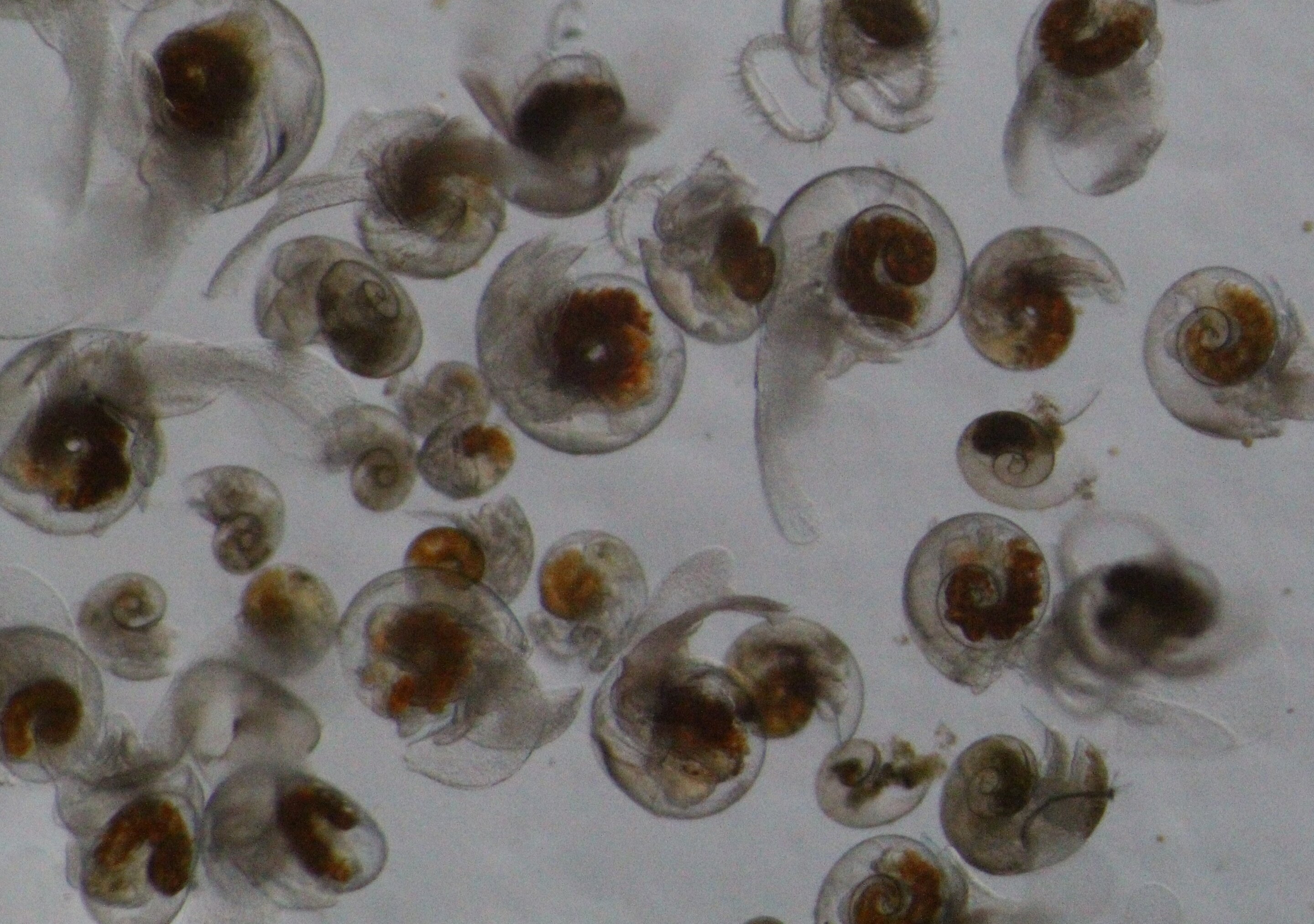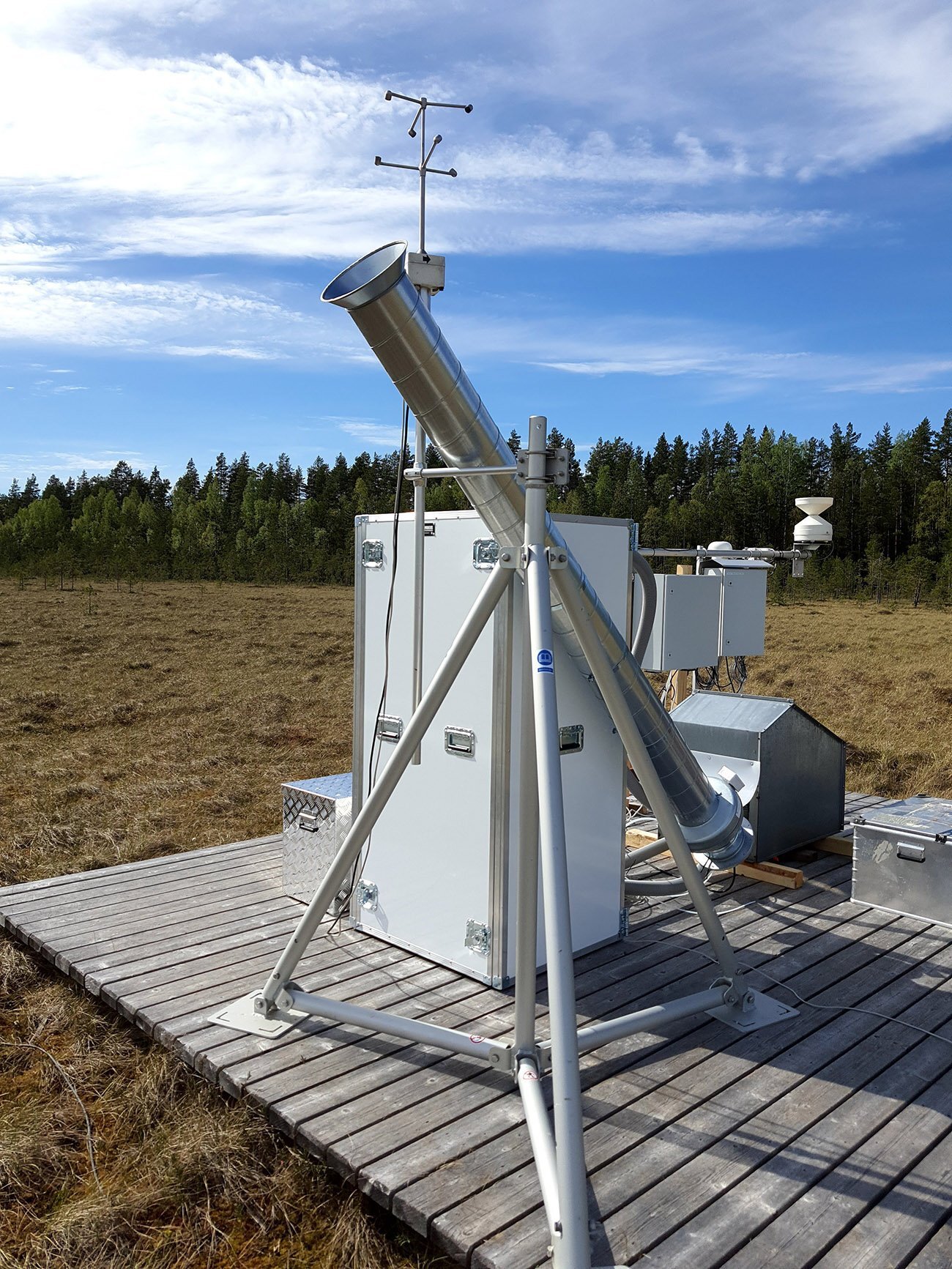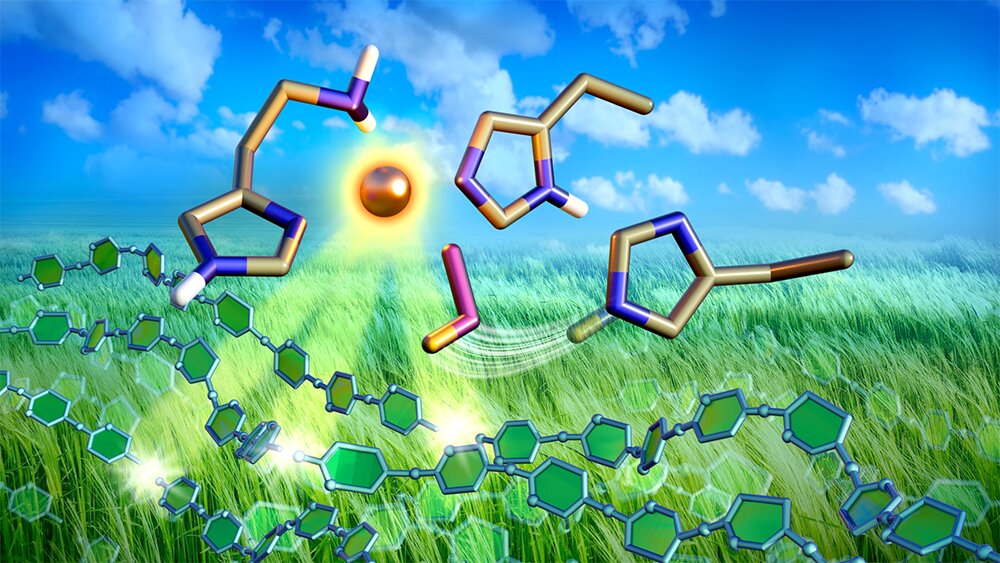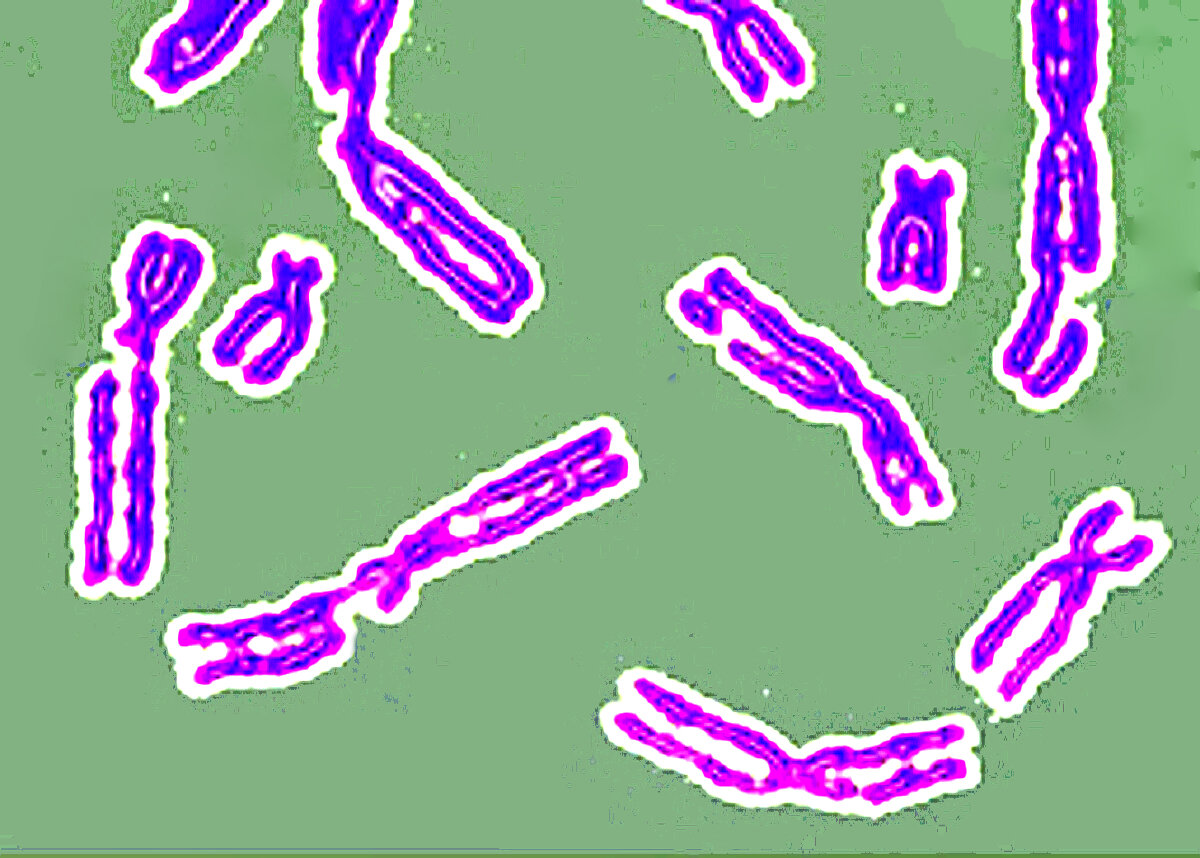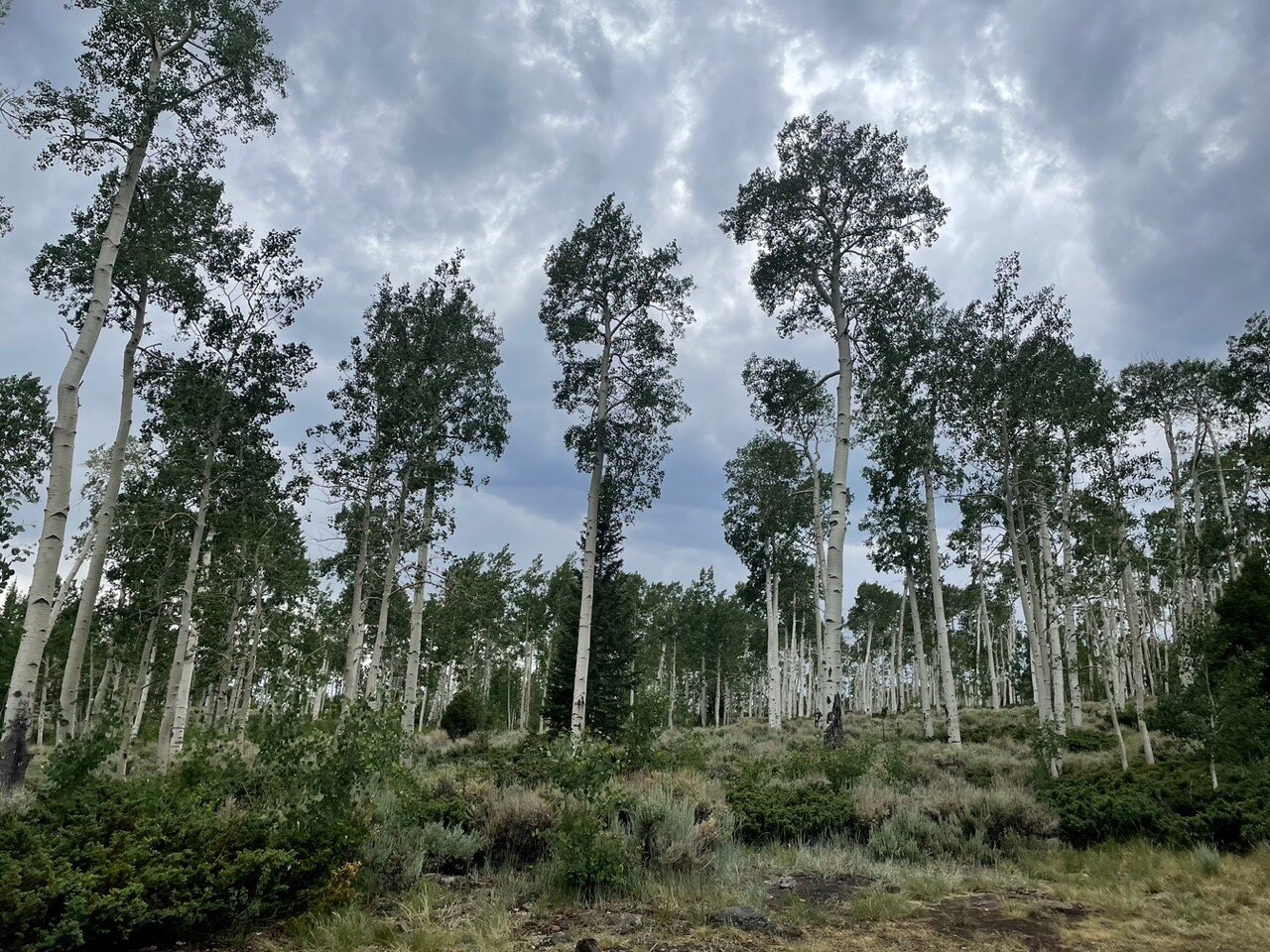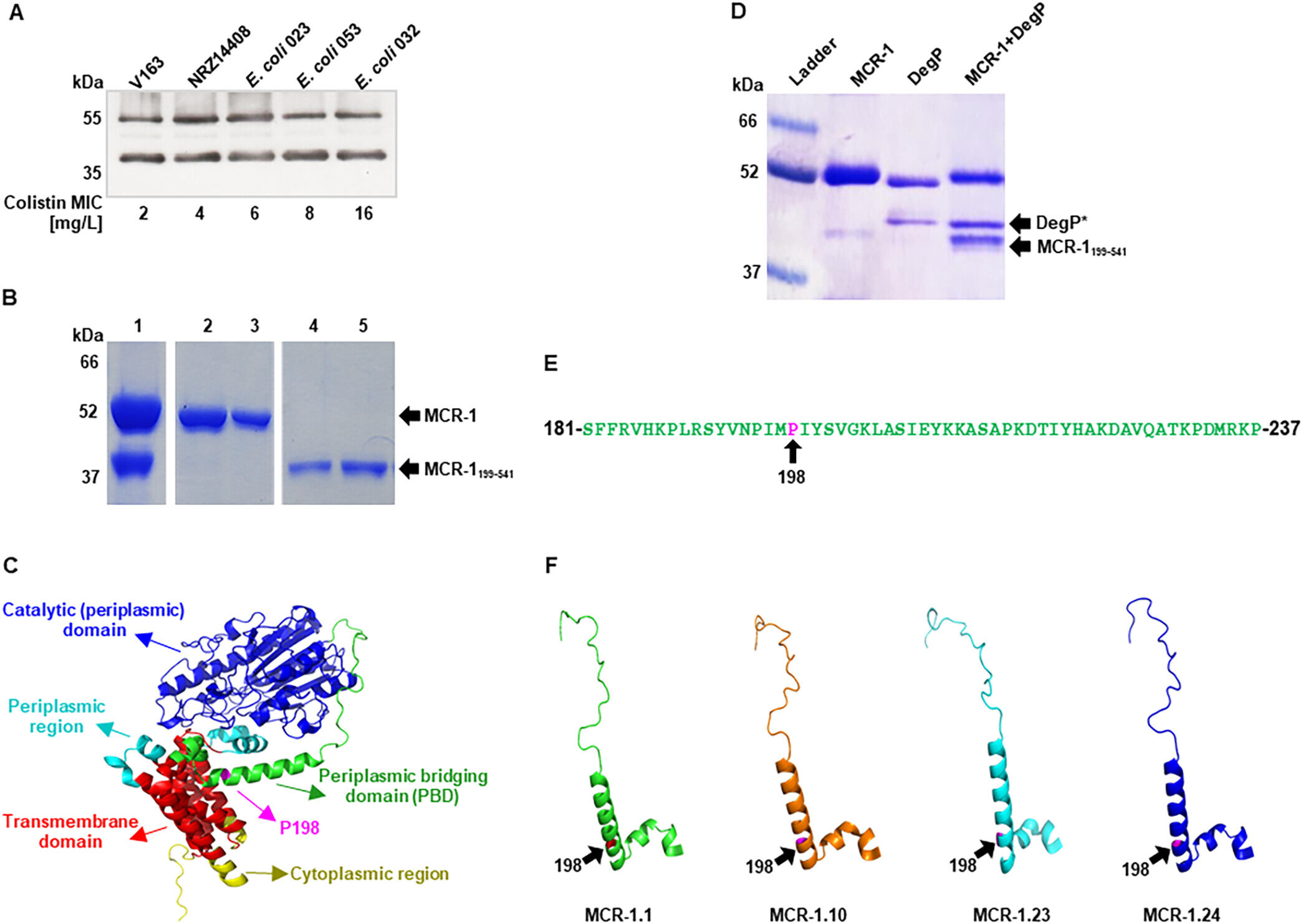EPA’s lead and copper rule results in health benefits worth $9 billion, surpassing initial projections: Study finds
Credit: CC0 Public Domain The Environmental Protection Agency (EPA)’s Lead and Copper Drinking Water Rule Revision (LCRR) costs $335 million to implement while generating $9 billion in health benefits annually—far exceeding the EPA’s public statements that the LCRR generates $645 million in annual health benefits, according to a new study from researchers at Harvard T.H. …




